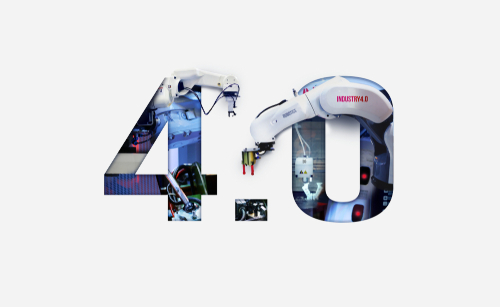So, to help companies establish their own quality system practices, the International Organization for Standardization developed the ISO 9000, a recognized global quality standard. Nowadays, organizations seek ISO certification, as many big companies require it before engaging in business with them.
ISO 9000
ISO 9000 is a set of international standards on quality management and quality assurance. It can be applied to all industries and businesses of all sizes. ISO 9000 comprises of:
• ISO 9001:2015 (Requirements)
• ISO 9000:2015 (Fundamentals and definitions of terms)
• ISO 9004:2009 (Managing a system to maintain success and continuous improvements)
• ISO 19011:2011 (How to audit management systems)
The goal of ISO 9000 is to help businesses deliver products and services which meet their clients’ needs while complying to regulatory requirements. Therefore, it is considered to be the foundation of a dependable, efficient quality system. While ISO 9000 provides the requirements for a quality management system, it doesn’t state how an organization should implement them. Therefore, it provides a flexible guideline for any organization to build a system which fits their needs. The last four digits of each standard represent the year when it was last updated. For example, the latest standards, ISO 9000:2015 and ISO 9001:2015, were updated in 2015.
ISO 9000 series of standards is based on seven quality management principles:
• 1.Customer Focus
• 2.Leadership
• 3.Engagement of People
• 4.Process Approach
• 5.Improvement
• 6.Evidence-based Decision Making
• 7.Relationship Management
Benefits of ISO 9000
• Increase productivity and efficiency, which help lower costs
• Increased customer satisfaction, customer retention, increased market share and sales
• Increased profits
• Certification provides its reputation credibility
• Entrance into new markets where customers require ISO certification
• Helps your organization identify and resolve risks
• Ensures processes are aligned and understood by all parties.
Tips on How to Build A Quality Management System Based on ISO 9000 standards
While there isn’t an official or stated way to build a quality management program based on ISO 9000 standards, there are ways to do it. Check out the tips listed below:
• Focus on performance and improvements when creating processes.
• Get management onboard. Management support is crucial for assistance and approval. They ensure accountability by acting as the gatekeepers. As a result, all approved policies and processes are likely to be realistic and applicable.
• Provide adequate training to everyone involved. The program can’t be successful if there is no proper education on the policies and procedures.
• Find out what are the regulations your company must follow. Including them during the building process ensures compliance.
• Audit your processes before registration. The audit will expose any issues and allow opportunity for resolution before presentation for certification.
• Learn what are the industry standards and incorporate them into the program.
• Identify your goals. From there, you can create well-defined, purposeful processes.
• Utilize process mapping and diagnostic tools as part of the documentation process. Processes should be documented.
• Consider applying the Plan-Do-Check-Act Method. It is a great model for process and product improvement.
How to Get ISO 9001 Certification
The only standard for which organizations can receive certification is ISO 9001. There isn’t a comprehensive certification for ISO 9000. Please note the ISO doesn’t handle certification. It only creates the standards. Other organizations handle it on global, national, and regional levels.
The International Accreditation Forum (IAF) manages all aspects of certification and works with national and regional associations, which accredit registration bodies. These bodies audit organizations for compliance.
The first step to certification is to find a certification body. When choosing one, do the following:
• Assess several bodies
• Check if they use CASCO standards, certification process standards created by the ISO’s Committee on Conformity Assessment.
• Confirm if the certification body is accredited via your country’s national or regional accreditation body or the IAF’s website (http://www.iaf.nu/).
The certificate must display the logos of the national or regional association and IAF and the specific standard for which it is certified on it.
Misconceptions About ISO 9001:2015
1. It’s complicated to implement
Implementation doesn’t have to be difficult. If you base your system on the seven principles, you’re off to a good start! In addition, there are plenty of resources for guidance on not only implementation, but auditing and management. One of them is the ISO website (www.iso.org).
2. It can’t be applied to all organizations
Not true! ISO 9001 was created to allow organizations of all sizes and in product and service industries to design a quality management system which caters to their business. In fact, the standard doesn’t dictate what the objectives should be. Organization must themselves decide on them and how to make improvements to their systems to achieve those goals.
3. Implementation requires loads of paperwork and bureaucracy
While implementation requires some documentation, the flexibility of this standard allows each organization to make customizations so that redundant documentation is avoided.
4.Implementation requires a lot of money
Not necessarily. Copies of the standard are reasonably priced and can be purchased through the ISO member in your country and through the ISO store. Other factors include consultation, courses, and auditing fees. While certification is an extra cost, it can also bring great benefits to your organization.








